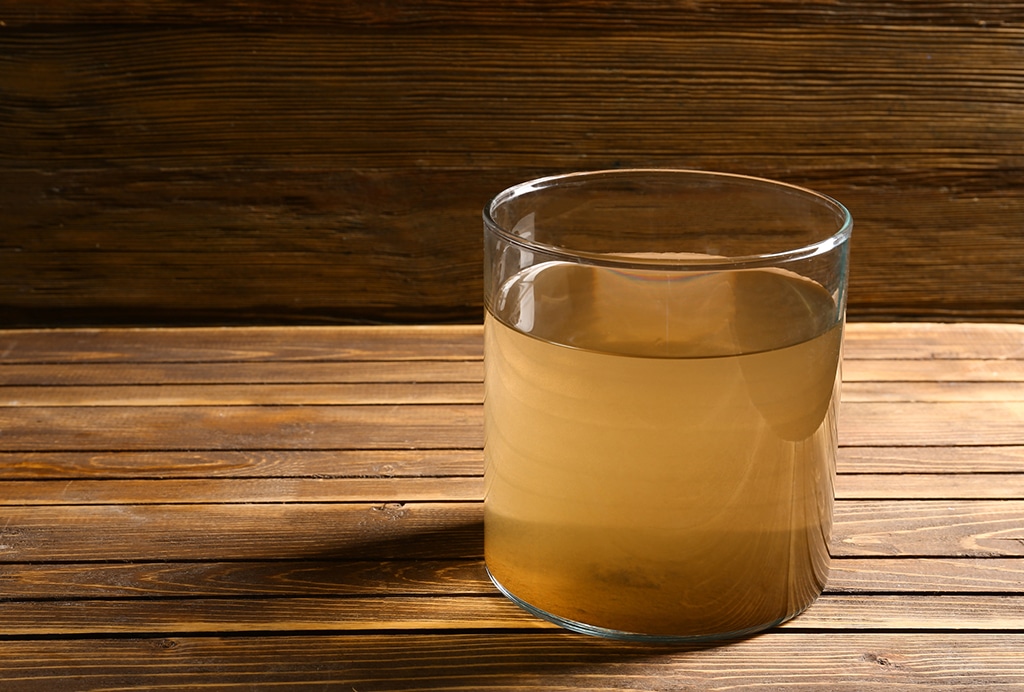
Why Is Backflow Prevention an Important Reason to Call a Plumber? | Conway, SC
Photo By serezniy at istock
Backflow is defined as a liquid, gas, or solid contaminants mixing with potable water. This happens when the pressure and flow of water are reversed. Water should only move in one direction within a closed plumbing system. A reversal mixes dirty water with clean water. Sources of contamination include storage pools, burst water mains, hazardous substances in groundwater, frozen pipes, and excessive demands on water supplies.
Dangers of Backflow
Water supplies in Conway, SC and the United States overall are usually quite safe and clean. It is very important not to take clean water for granted. The CDC reported 32 disease outbreaks associated with water from 2011 to 2012. Those incidents resulted in 431 cases of illness, 102 hospitalizations, and 14 deaths.
The Environmental Protection Agency estimates that most backflow incidents are unreported, and the American Backflow Prevention Association estimates that over 100,000 incidents of water contamination occur every day. The vast majority of these incidents do not cause illness or other problems, but each incident poses a health risk. Plumbers are an important line of defense against contaminated drinking water because they work in individual homes and identify problems that may go completely unnoticed by large public health and safety agencies.
Causes of Backflow
Water in home plumbing is maintained at standard pressure to move from one area to another. It flows to and from the shower, toilet, and sink in the bathroom and between sinks, ice makers, and various drains in the kitchen. Outdoor fixtures include sprinklers and hoses.
Most backflow incidents result from negative pressure created when plumbing system pressure is higher than supply pressure. Back pressure describes a change in the plumbing system that increases pressure, while siphonage occurs when supply pressure drops. It is best to consult a professional to figure out where pressure changes occurred.
Excessive drainage or sudden interruptions of a water supply can cause siphonage.Anything that causes an unexpected drop in pressure creates negative pressure that puts water at risk of contamination. Frozen or burst pipes are common causes of negative pressure in the average home. Call a plumber immediately for frozen pipes and any other situation that poses a risk to the integrity of plumbing infrastructure.
Backflow causes problems in many areas of the home. A water pipe feeding a boiler contains chemicals. Pressure building up in the boiler can overwhelm pressure in the system and force water to move backwards. Sprinkler systems are a common problem area too.
Water and pesticides pool around sprinkler heads. A change in the system, such as an open fire hydrant, causes a drop in water pressure that pulls water contaminated with pesticides back through the pipes. This sort of contamination can affect the public water supply instead of just a single home.
Backflow Prevention
Freshwater in most home plumbing systems is pressurized, but wastewater is not. Dirty water flow is controlled with gravity and ventilation. Plumbing is designed with different pressure areas to prevent cross contamination. An obvious example of splitting fresh and dirty water is the separation of a toilet reservoir from the bowl. Backflow prevention devices are an essential component of home plumbing infrastructure.
One household can potentially cause contamination in the water supply for an entire community in some circumstances. Prevention devices are required in plumbing systems containing chemicals, fertilizers, and industrial fluids. They are also essential for plumbing systems connected to irrigation or auxiliary water sources.
Backflow prevention in Conway, SC depends on local and national requirements, terrain, ground conditions, and the plumbing infrastructure in each individual home. Plumbers install backflow preventers at strategic points, such as bypasses, jumper connections, and change-over devices, to reduce risk of contamination.
Air gaps are the simplest type of backflow preventer. An air gap is an empty space between places where water may collect and fixtures connect to the plumbing infrastructure. Examples of areas with air gaps include valves and faucets. Backflow preventer valves are installed at locations where contaminated water could enter the plumbing system. Some signs of possible backflow issues include water with a foul taste, unusual odors, and discoloration. Call a plumber to assess the water quality in your home and to determine appropriate backflow prevention devices to fix the problem.
Automatic check valves are regulated and designed to prevent back pressure. specific hazards at different contamination levels. Double check valves are made as a single unit and may be integrated into faucet fittings. A valve and air gap are used together when there is a known high risk of cross contamination. Some systems, such as fire sprinklers containing antifreeze, require complex valves that must be installed by qualified plumbers.
A hose bib backflow preventer works with a single water outlet, such a sink faucet. A spring inside the device ensures water pressure only goes in one direction. Pressure type vacuum breakers are installed in pipes that supply sprinkler systems. It monitors water pressure continuously and closes automatically if a problem occurs.
A barometric loop is made of pipes forming an inverted U. Plumbers install these loops upstream from connecting pipes. Reduced pressure principle backflow preventers, or RPBP, is a complex device with a central chamber and two valves. The valves are placed on both sides of the device and close as water pressure stops.
Backflow Testing
Backflow testing refers to the process used to test home plumbing systems to ensure drinking water is not contaminated by dirty water. It also helps determine the best type of backflow preventer for each home’s plumbing. Skilled plumbers also analyze the type and source of contamination.
Annual inspections are recommended to ensure backflow devices are working properly and comply with national and local codes. Some states mandate inspections every 12 months. Plumbers with proper certification perform tests and document results.
Backflow testing should be a routine part of home maintenance to make sure the water your family uses every day is safe. Call the professional plumbers at Benjamin Franklin Plumbing to inspect your home’s plumbing and test for backflow and possible cross contamination.

 843.213.6611
843.213.6611